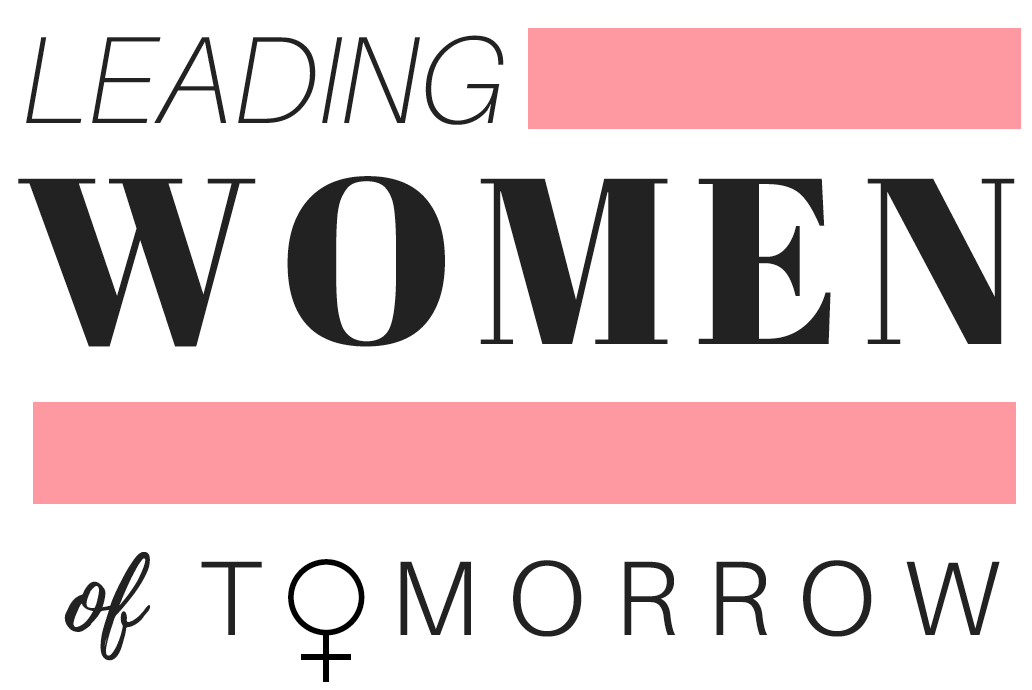Unmasking the Educational Divide
Students start their day at Rancho Mirage High School, Coachella Valley, CA.
SOURCE: Desert Sun
Historically, communities of color in the United States have borne the brunt of the unequal distribution of educational opportunities, leading to significant disadvantages and barriers for students of African American, Latinx, Native American, and other marginalized backgrounds. Educational inequality is shaped by various interconnected factors. These include the financial status of parents, geographical location, and the expectations set by teachers regarding a student's potential to learn, which can sometimes be influenced by biases. Additional factors that play a role include eligibility for free or reduced lunch and parents' proficiency in English. Among these factors, the most significant contributor to the achievement gap in education is the intersection of race and poverty.
These disparities perpetuate cycles of poverty, limit future career prospects, and hinder social mobility. Almost ⅔ of the nation’s schools face a funding gap, meaning they are not receiving the amount of money they need to achieve a flourishing school year. The broader implications of education inequality is felt throughout the entire nation, as it hampers the collective potential and economic growth of U.S. society.
Coachella Valley, California: a tourist oasis, but a desert of resources for low-income students' education
Palm Springs, CaliforniaA has become one of the most famous tourist destinations for celebrities and wealthy individuals. The Coachella Festival, an annual music and arts festival in Indio, California, attracts 125,000 attendees each weekend, totaling over 250,000 people every year. The lavish hotels, homes for second homeowners, golf courses, and country clubs all disappear after tourists enter the eastern Coachella Valley – one of the most impoverished and underserved areas in the state of California. Over 18.9% of people living in the Coachella Valley live below the poverty line, a number that is higher than the national average of 12.8%.
The Coachella Valley consists of the western and eastern sides of the valley: the differences are shocking.
SOURCE: Propublica
According to The Century Foundation, the United States is underfunding our K-12 public schools by nearly $150 billion annually, divertingrobbing more than 30 million dollars from the necessary resources these students need to succeed in the classroom. The schools that are being robbed of much-needed funding are most often those where Black and Latinx students make up most of the student body. This includes the schools around the Coachella Valley, which holds a higher proportion of socioeconomically disadvantaged children. Almost the entire student population of the Coachella Valley district, nearly 20,500 out of 21,000 students (97.5%), are considered socioeconomically disadvantaged.
SOURCE: Census Reporter
As per the California Department of Education's definition, socioeconomically disadvantaged students include those in foster care, classified as English learners, or eligible for free or reduced-price meals under the National School Lunch Program. Approximately 53.7% are English learners, implying that they face challenges in effectively communicating and learning in English, often due to non-English-speaking homes and backgrounds. This results in only 17.4% of individuals in the Coachella Valley obtaining a bachelor’s degree or higher, which is about half the rate in the state of California.
By not providing the necessary resources and funding for programs such as Head Start, college readiness programs, and partnerships with local colleges and universities, the lives of talented and hardworking students in areas like the Coachella Valley will always be limited. In the eastern Coachella Valley's school systems, as is the case across the nation, the achievement gaps are frequently intensified by opportunity gaps, which are structural barriers encountered by students of color and those from low-income backgrounds within the education system. This systemic issue reflects a multifaceted problem commonly observed throughout the country.
The pandemic as a great revealer of inequalities in our educational system
The pandemic highlighted the disparities present across all systems of oppression set in the United States, including our educational system. One of the most glaring issues brought to the forefront was the digital divide, with access to broadband connectivity becoming a critical determinant of academic success. Underprivileged schools, predominantly serving students from low-income backgrounds and marginalized communities, faced significant challenges in ensuring equitable access to virtual learning.
Many immigrant households found themselves burdened by the lack of proper technological infrastructure, hindering their children's ability to participate fully in online classes. The absence of necessary devices and reliable internet connections exacerbated existing disparities, leaving countless students grappling with limited opportunities to engage in remote learning effectively. The pandemic laid bare the urgent need for targeted efforts and investments to bridge these educational gaps and create a more inclusive and equitable learning environment for all students.
Fostering Equity and Social Mobility: The Power of Investing in Education for Latino Communities
By investing in improving access to programs that allow students to enhance their skills and be better equipped for college and higher education, legislators will enable vulnerable populations to have a better future. With the rapidly growing Latino population, an increase of 767,907 or 1.24% from 2020 to 2021, Latino children and youth will shape the U.S. economic and political landscapes for years to come. Latinos need to urge legislators to invest in infrastructure, early education programs, social and economic support, and expanded social safety nets in their communities to close the achievement and opportunity gap. Investing in education for Latino communities is not just an act of social justice, but a strategic imperative that will empower the rising generation to shape the future of the United States and foster a more inclusive and prosperous society for all.



